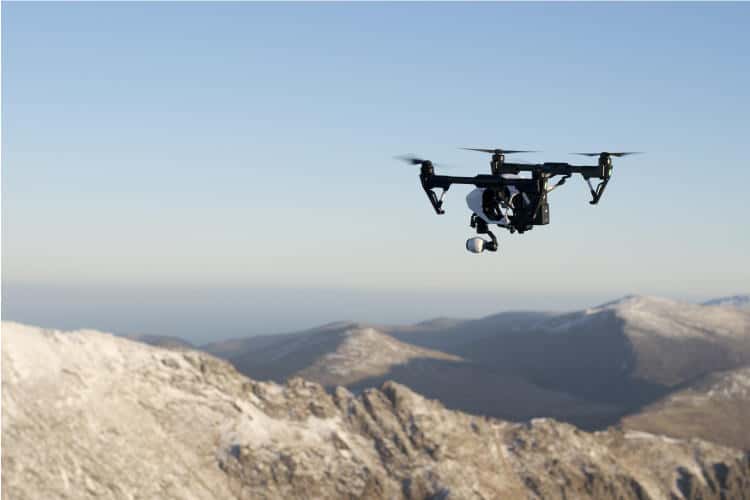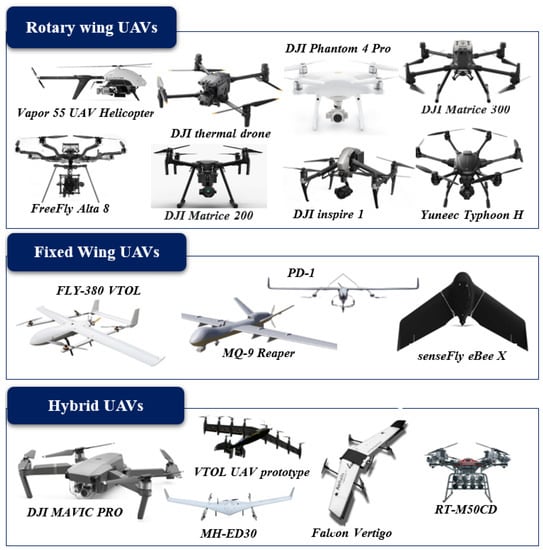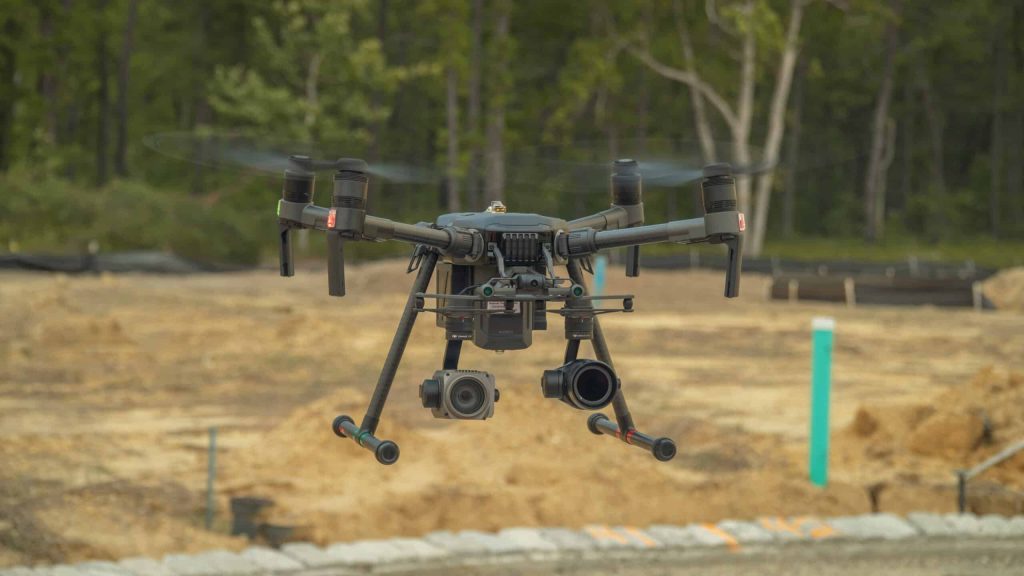Physical Address
304 North Cardinal St.
Dorchester Center, MA 02124
Physical Address
304 North Cardinal St.
Dorchester Center, MA 02124


This post may contain affiliate links. As an Amazon Associate, we may earn commissions from qualifying purchases.
Have you ever wondered what sorts of challenges land drones encounter while traversing varied terrains and accomplishing their unique tasks? It’s a fascinating topic that uncovers the complex world of land-based unmanned vehicles and their intricate operations. As these machines become more pivotal in various industries—ranging from agriculture to military applications—it’s crucial to understand the obstacles they face and how technology is evolving to address these issues.
Land drones, also known as UGVs (Unmanned Ground Vehicles), have carved out niches where human intervention might be dangerous or inefficient. Despite their promising capabilities, they are not without their hurdles. Let’s break down the common challenges faced by land drones and how these complications are being managed.
Navigating through unpredictable and diverse terrains is one of the primary challenges for land drones. Unlike the relatively uniform environment of air or water, the ground can be filled with obstacles such as rocks, trees, buildings, and varying surface types like mud, sand, gravel, and grass.
Land drones need sophisticated sensors and algorithms to identify and navigate these obstacles. They rely on technologies like LIDAR, computer vision, and GPS, but these technologies can sometimes fall short. For example, GPS signals might be weak or lost in urban canyons or heavily wooded areas.
Obstacle detection is tricky, especially when drones operate at high speeds or in cluttered environments. The drone must continuously scan its surroundings for objects like rocks, trees, or even animals and adjust its path in real-time.
The solution lies in better sensor integration and more advanced AI. Multi-sensor fusion, combining inputs from different types of sensors, is increasingly popular. Machine learning algorithms help in predictive modeling, enabling drones to foresee potential obstacles based on partial data.
Imagine a scenario where a drone has to traverse a construction site where conditions change frequently. Materials are moved around, new barriers appear, and others disappear. These dynamic environments require flexible and adaptive navigation systems.
Here, the challenge is adaptability. Traditional path-planning algorithms often assume static environments and may fail in such dynamic settings. Adaptive algorithms, capable of real-time recalibration, are being developed to address these limitations.
A land drone depends heavily on remote communication for operation. Signal loss can be disastrous, leading to mission failure or even the destruction of the drone. Factors like distance, physical barriers, and electromagnetic interference can disrupt signals.
In environments with heavy electronic activity, such as urban areas or industrial complexes, signal interference can be a significant issue. Devices like Wi-Fi routers, mobile phones, and other drones can create interference that degrades performance.
Solving these issues often involves redundancy—using multiple communication channels and fail-safes. Technologies like mesh networking, which allows drones to communicate with multiple nodes rather than just a single operator, offer promising solutions.
| Challenges | Solutions |
|---|---|
| Signal Loss | Redundancy, mesh networking |
| Interference | Robust communication protocols |
| Distance limitations | Signal boosters, relay stations |

Short battery life restricts the operational time of land drones. With more powerful functionalities, energy consumption rates increase, limiting the duration they can function without needing a recharge.
While increasing the battery’s size might seem like a solution, it adds to the drone’s weight, impacting its agility and maneuverability. It’s a classic engineering trade-off between power and performance.
Innovations in battery technology, such as solid-state batteries or fuel cells, offer improved energy densities. Solar panels and hybrid energy systems are also being explored for extended missions.
Rain, snow, fog, and extreme temperatures can all affect the performance of land drones. Water can damage electronic components, while fog and snow can hinder sensors.
Dust and debris pose additional challenges, especially in desert or construction site environments. These particles can interfere with sensors and even cause mechanical wear and tear.
Weatherproofing, improved sealing techniques, and robust sensor housings are crucial for addressing these issues. Advanced materials and coatings are being developed to make drones more resilient.

Autonomous operations are still in their infancy. Many drones require constant human supervision, limiting their effectiveness in large-scale or long-term missions.
Complex decision-making, such as route replanning in real-time or handling unexpected obstacles, is beyond the capability of most current drones.
Advancements in artificial intelligence and machine learning are key to overcoming these challenges. Developing algorithms capable of sophisticated decision-making will enhance the autonomous capabilities of land drones.
Land drones operating in populated or dynamic environments face risks of collision with humans, animals, or moving vehicles.
Mechanical or software failures can lead to accidents, causing potential harm to property or individuals and resulting in costly damages.
Safety protocols, redundant systems, and improved fail-safes are critical. Regulatory frameworks are also evolving to ensure that land drones operate safely in varied environments.

Developing advanced land drones is an expensive endeavor. Sensor technology, rugged design, and sophisticated algorithms contribute to high costs.
Beyond initial development, operational costs such as maintenance, repairs, and battery replacements can be significant.
Economies of scale and technological advancements are helping to reduce costs. As technology matures, land drones are becoming more affordable and accessible.
| Cost Constraints | Solutions |
|---|---|
| High Development Costs | Economies of scale, technological advancements |
| Operational Costs | Improved durability, efficient maintenance |
The legal landscape for land drones is still evolving. Regulations vary widely between jurisdictions, creating uncertainty for developers and operators.
Land drones often operate in spaces where privacy issues can arise, such as residential areas or commercial properties. Ensuring that drones do not infringe on privacy rights is crucial.
Working closely with regulatory bodies to develop comprehensive guidelines and ensuring transparent operations can aid in overcoming these challenges.

While land drones are useful for surveillance in security and military applications, they raise significant privacy concerns.
Automation through land drones can lead to job displacement, especially in industries like agriculture and logistics.
Balancing technological advancement with ethical considerations is crucial. Transparent policies and ethical guidelines can aid in the responsible deployment of land drones.
Land drones are a marvel of modern engineering, offering immense potential across various industries. However, they are not without their challenges. From navigation issues and power limitations to regulatory hurdles and ethical concerns, overcoming these obstacles requires a multidisciplinary approach. Technological advancements, improved regulations, and ethical considerations are all crucial for the continued evolution and integration of land drones into our daily lives.
As technology continues to progress, we can expect many of these challenges to be mitigated, leading to more reliable and efficient land drones. Understanding these issues today paves the way for the innovative solutions of tomorrow.